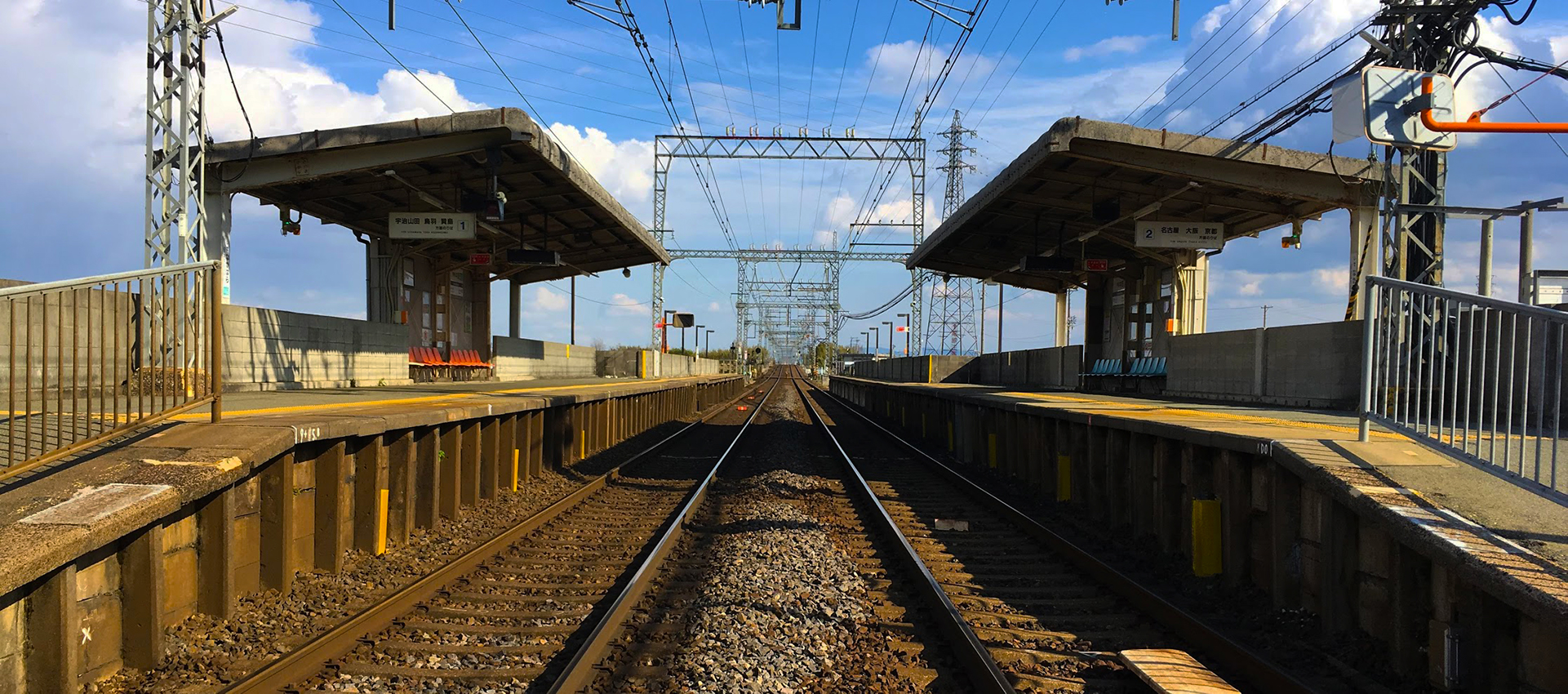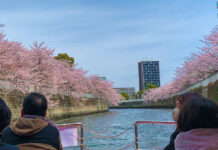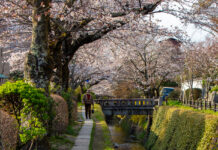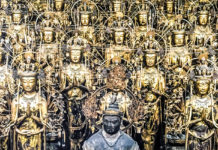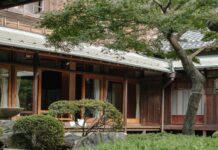After a night in the tea fields, our party rose at dawn and drove the 30 minutes from Odai to Ise. It was the beginning of cherry blossom season, and the mountains were lush with small pink flowers. It was beautiful, but it also meant that the tourists were out in full force.
The Shrines
The Grand Ise Shrine dates back as far as the 4th century BCE. The current complex, however, was built around the 7th century CE. As the ancestral shrine of the Japanese Emperor, it is one of the most politically important shrines in the country. Two primary sites comprise the shrine: the Naiku (the Inner shrine), home of the sun goddess Amaterasu, is located just south of central Ise, and the Geku (the Outer shrine), which is approximately 6 kilometres outside the city center and enshrines the goddess of agriculture, Tokyouke-Omikami. Access to both shrines is limited but visitors can view the thatched roof structures from a distance. Additionally, visitors are welcome to tour the nearby grounds and visit some of the 123 shrines located around Ise.
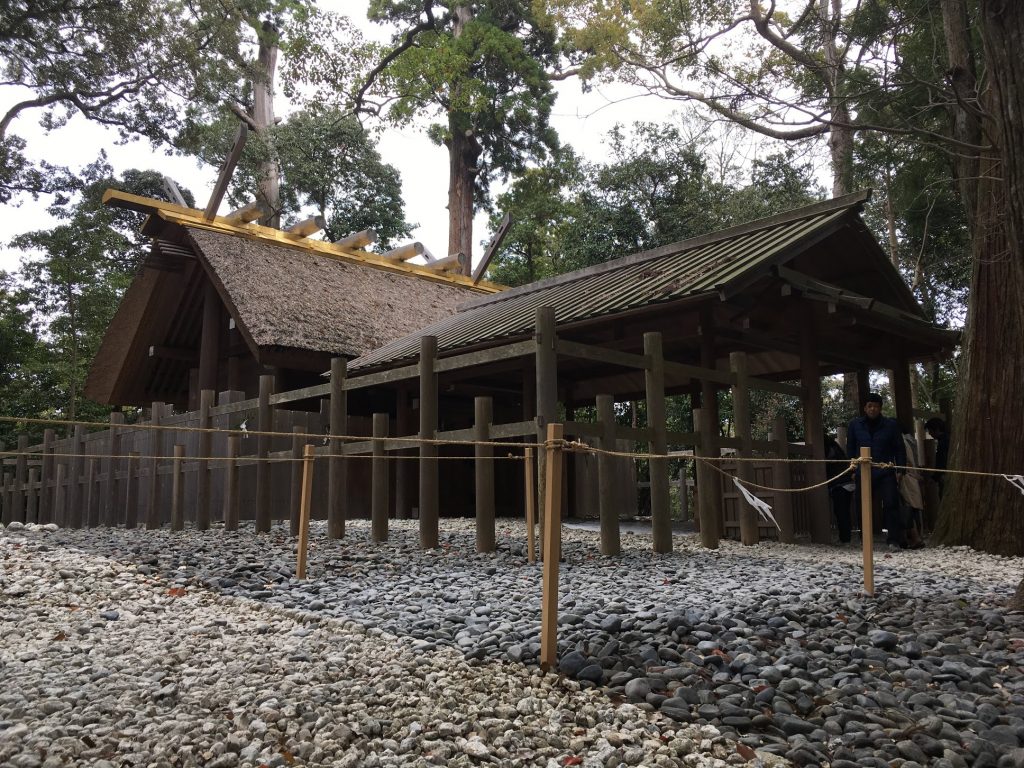
Although parking is available in the city, finding a spot can be difficult during peak tourist seasons. To avoid circling city block in front of a spot, take a train to Iseshi station. The Outer Shrine is just a short walk away. You can reach it by train on the JR Central Sangu Line or the Kintetsu Ltd. Express. From the Outer Shrine, a city bus can take you the rest of the distance to the Inner Shrine.
If you’re looking to grab something to eat, the approach to the Inner Shrine, known as Oharaimachi, is full of options for Japanese-style street food. Everything from meat skewers to dumplings to deep-fried croquettes, are available. This is the perfect place to sample Ise’s signature red bean rice cake, Akafuku. Oharaimachi’s Edo-era storefronts are also home to a number of souvenir stores.

Seishun 18 Kippu
After a morning of sightseeing, our friends dropped us off in the middle of the countryside. After saying our goodbyes, the rental car disappeared into the distance, and we made our way to the nearest station. Rural stations often have long wait times, and we waited for close to half an hour before a small, two-car train finally chugged into the station.
For much of our three-week trip, we traveled with a discounted rail ticket called the Seishun-juhachi-kippu, or the Youth 18 ticket. Despite its name this pass is open to all members of the public regardless of age. Unlike the JR Rail Pass, which is only available to tourists, residents, citizens, and tourists can all purchase the seishun-juuhachi-kippu. As the pass is designed to promote local tourism, you can only use local trains. It’s also and is limited to local trains, providing five days of unlimited travel within a set period.
These five days do not need to be consecutive and multiple travelers can use the same ticket. However, the pass is only valid three times a year in spring (March to mid-April), summer (late July to mid-September), and winter (mid-December to mid-January). Furthermore, you must purchase your ticket within a period of time that begins approximately two weeks prior to the travel period. You can purchase tickets at most JR stations. Make sure an attendant stamps your pass at the beginning of every day and display it whenever entering or exiting a station.
To Kyoto
Traveling with the Seishun 18 Kippu can initially seem daunting given the need to make multiple transfers between local train lines. Japan, however, is a relatively small country, and even the longest days of our trip clocked in under five hours. Travelers can buy some snacks and bentos (Japanese meal boxes) and get cozy aboard the smaller trains. These generally afford a much more scenic view of the country than the speedier bullet trains allow. As it’s Japan, trains are generally comfortable with plush seats, quiet, and clean.
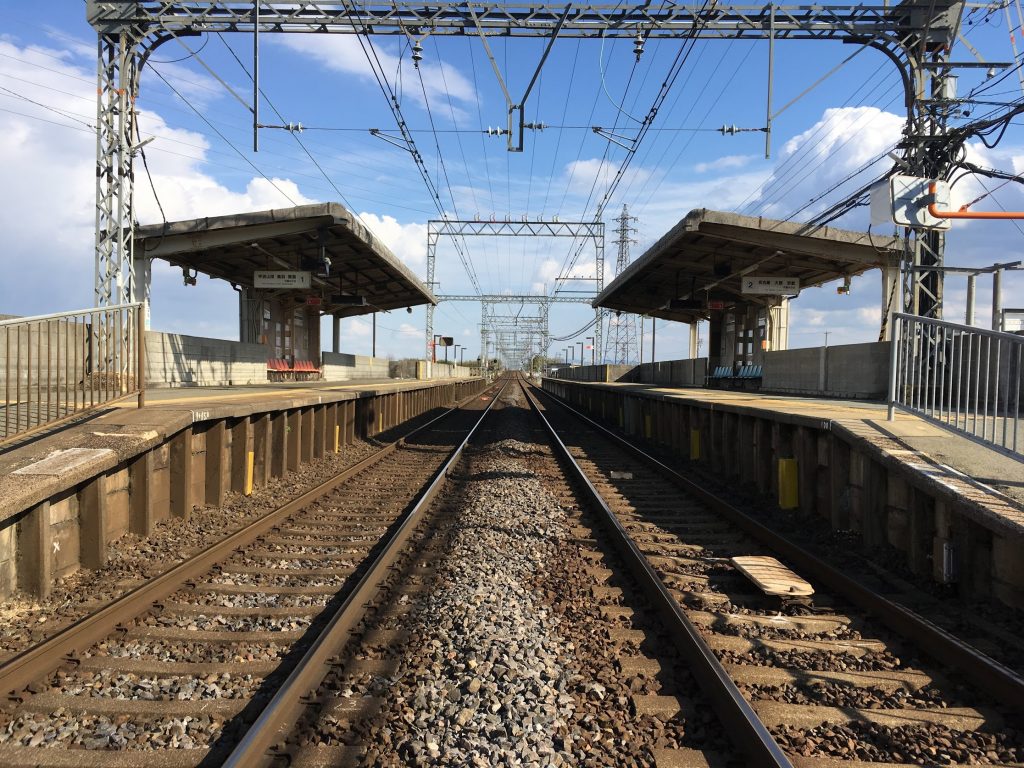
Our first day of train travel took less than two hours and required us to transfer twice. After a couple of hours, we arrived at central Kyoto station. From there, we took a city train to our hostel out in the Kyoto suburbs. After a quick meal and a quicker bath at the local sento, our second day of travel was complete.
Post by Japan Journeys.



